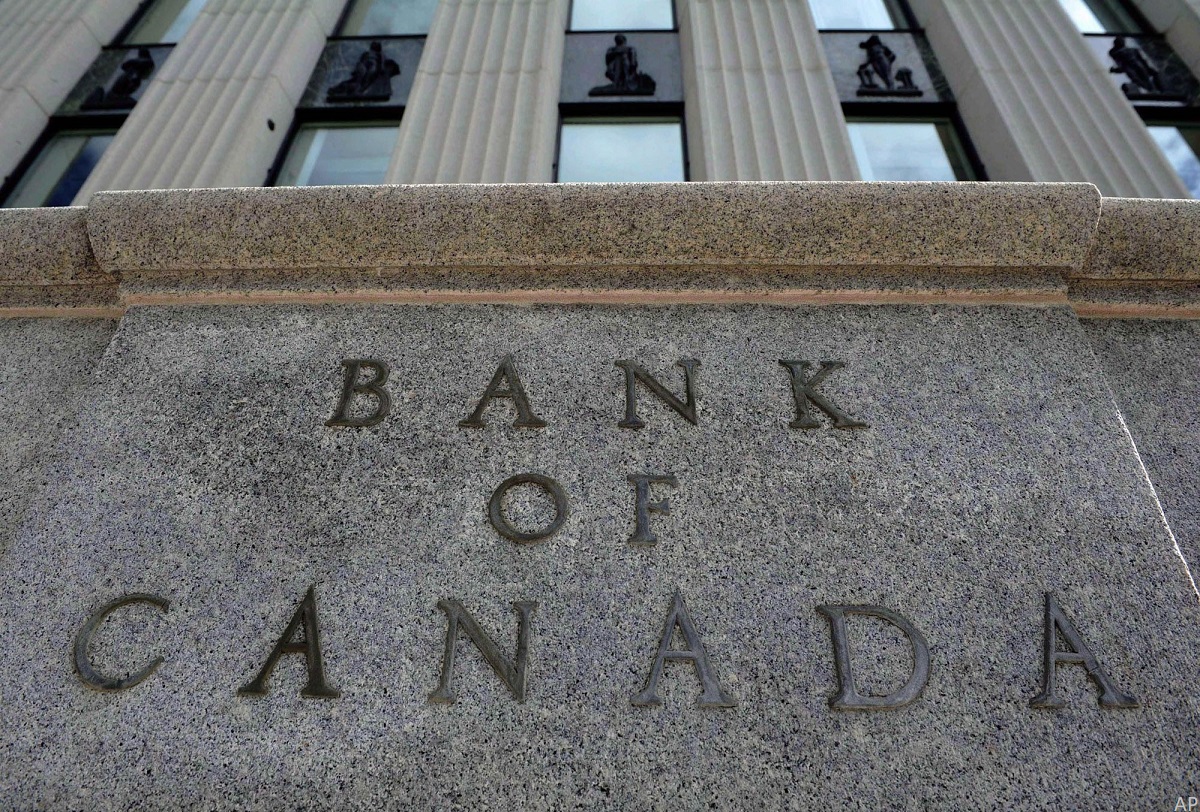
The simplest of investments, the cash deposit, has enjoyed revived popularity thanks to high interest rates. But the benefits of a cash holding in most of its iterations – term deposits, guaranteed investment certificates, bonds, and treasury bills – brings with it some unexpected tax complexity.
First, the simple side. Interest earned in a bank account, or 30-day or other short-term deposit, results in a T5 tax information slip (plus a Relevé 3 for Québec tax purposes) being issued to you by the bank or other institution where your account is held. This interest income must be reported on your tax return each year. No surprises here.
But what seems unexpected and unreasonable is what happens when you hold a longer-term investment – usually in the form of a guaranteed investment certificate, or GIC. In most cases, these are locked-in investments, which means you can’t cash them in until the maturity date. For example, a five-year GIC purchased on July 1, 2023, must remain in place until July 1, 2028. That includes not just the invested capital but also the interest earned within the investment. Some GICs are labelled as “cashable”, which means you may take your money out, but the interest rate is lower than a locked-in deposit – typically two percentage points less on a one-year term.
Report Accrued Interest Every Year
Unfortunately, this doesn’t mean your tax liability is also on ice until maturity. Under tax law, you are required to report interest accrued within a GIC every year. Accrued interest is interest that has been earned by the deposit but has not yet been paid out to you. The amount is calculated as of the anniversary date of the GIC’s issue. This income is fully taxed at your individual marginal rate in the year it is earned, even if that money has not actually been paid out to you (a marginal rate refers to the various tranches of your income and the tax rate that applies to each, known as tax brackets.)
For a five-year GIC purchased on July 1 of this year, you would report the interest accrued during 2023 or six months’ worth. For 2024, you would report the full year’s worth of accrued interest, and so on until the year of maturity, 2028, for which you’d report six months of interest (earned from Jan. 1 until the July 1 cash-in date).
The exact amount of accrued interest would depend on when interest is calculated and compounded within the GIC. In many cases, interest is calculated every six months, although some products do this more frequently, such as daily or monthly. Note that while T5/Relevé 3 information slips are issued only for interest amounts of $50 or more, you still must report all interest received or accrued.
Bonds Are Taxed Differently
The other common source of interest is from bonds, which pay out interest, typically semi-annually. You must report this income on your tax return each year. Thus, the T5 or Relevé 3 you receive shows interest you have received, as opposed to accrued.
However, bond investing brings some other, complicated tax issues. This also involves accrued interest but in a different way. Unlike other interest-bearing investments, bonds usually are bought on the open market – the exception being when you purchase a bond when it is first issued. In this case, the price you pay is the bond’s face value. But a bond on the secondary market will see its price fluctuate based on its stated interest rate – higher if prevailing rates fall (thus making the bond more attractive because it is paying interest at a better rate) and, conversely, lower if rates rise.
The price also will be impacted by the amount of interest that has accrued since the most recent payment date (or the issue date, in the case of a new bond). The amount of accrued interest increases the price of the bond. While accrued interest is not shown as income on the related T5/Relevé 5 slip, you will want to check the amount because you can deduct it as an investment expense on your tax return for the year in which you buy the bond. When you sell the bond, you will have to report a capital gain or loss based on the difference between the purchase and sale price. And this amount will also include any interest that has accrued since the most recent coupon date.
Taxation of Strip Bonds and Treasury Bills
Strip bonds – both the principal portion and the clipped interest coupons – are taxed somewhat differently. Prices of the individual components are set as a discount to the face value based on the length of time to the redemption or coupon date. If a component is held through to maturity (or coupon date), the difference between the price paid and the amount received at maturity is considered for tax purposes to be interest, with tax paid on portions of this as accrued interest in each year of ownership. If it is sold prior to maturity, you may have a capital gain or loss in addition to interest accrued as of the sale date. Government treasury bills are taxed in a similar way.
Tax Breaks Through TFSAs and RRSPs
Proper planning can provide relief from this annual tax burden. The first consideration is a tax-free savings account (TFSA), which absolves an investor of any tax payable, during or at the end of the investment. The alternative is a tax deferral using a registered retirement savings plan (RRSP), in which investments are not taxable until the money is withdrawn from the plan, at which point both capital and income is taxed. The amount of capital one can put into a TFSA and RRSP is limited to your available contribution room, which is based on the cumulative value of annual contribution limits. While it’s best to keep your own records of these amounts, the Canada Revenue Agency does this for you online using My Account.
Since 2009 a TFSA allows you to contribute up to $6,500 during 2023, plus any contribution room from previous years. The annual limits have varied over the years and, if you have never contributed to a TFSA, the maximum amount you can put in during 2023 is $88,000. There is no contribution deadline, and you can have a TFSA for as long as you live. A key difference from the RRSP is contributions to a TFSA are not deductible and amounts withdrawn are not taxable. So, if you anticipate having a high income after retirement, a TFSA has a particular appeal. Moreover, the amount of a withdrawal is added to your cumulative contribution room, allowing you to replace that money as long as you wait until the following year to do so.




















